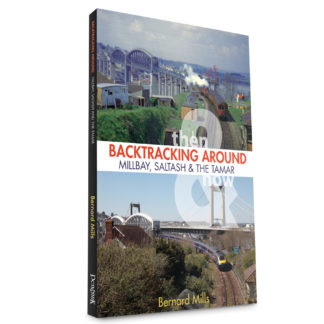One of many Ernesettle streets built in 1949-1952, as part of the post war redevelopment of Plymouth, to be named in commemoration of some of the major RAF airfields in World War II.
Biggin Hill started life in February 1917 as a signals unit for the Royal Flying Corps. However before its first year was over squadrons had started occupying the airfield. Situated in northern Kent, only 20 miles south east of London, it was one of the primary airfields for protecting the capital. As one of the most important stations during the Battle of Britain, it was heavily targeted by the Luftwaffe and was almost put out of action after two big raids on the 30th and 31st August.
It did, however, pull through and not only saw out the war, but survived until it was at last closed down by the government in 1980.
Biggin Hill possibly takes its name from the Old Northern word Byggjawhich means ‘to build, to dwell’ and so is the hill next to a building. However, it may also come from the French beguinbéguin, a ‘child’s cap’ which could be recognised as the shape of a hill.



